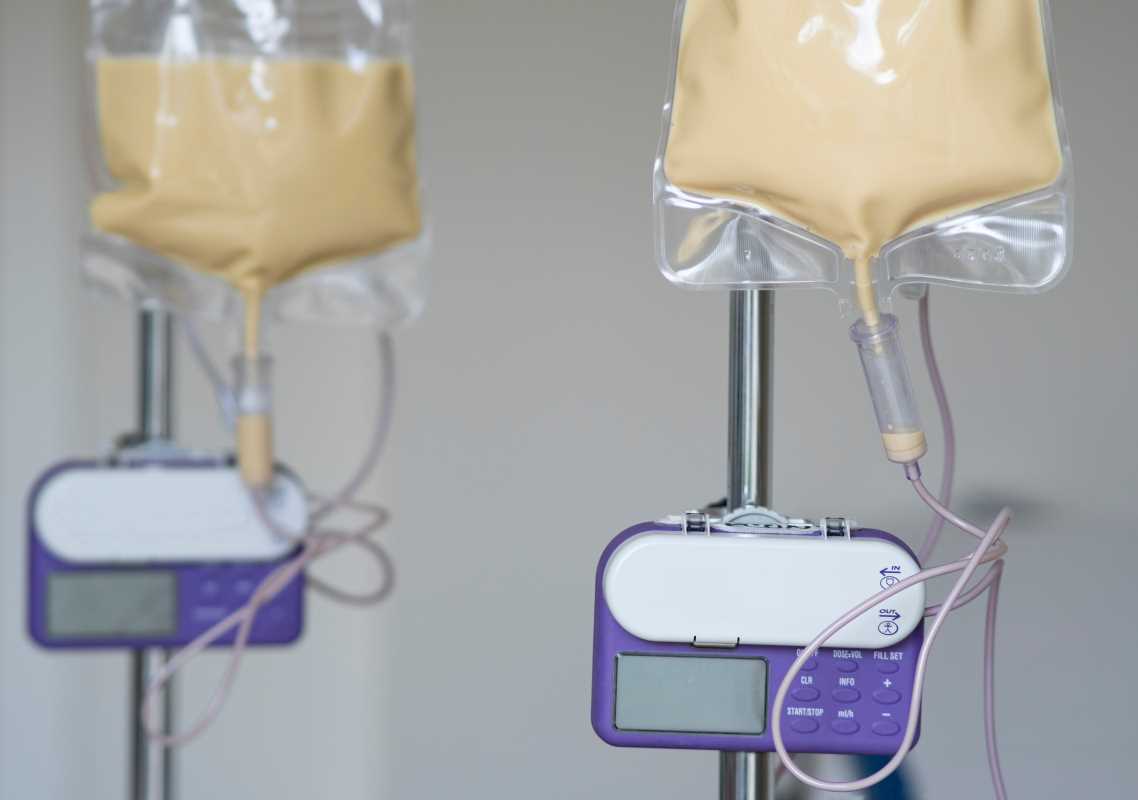Learning that your child has epilepsy can be overwhelming, but it’s important to remember that with the right tools and support, children with epilepsy can thrive. Epilepsy is a neurological condition that causes seizures, which can vary in type and severity. Managing it often involves medical treatment, creating a safe environment, and providing emotional support to help the child feel confident and capable. Whether you’re a parent, teacher, or caregiver, your role in supporting the child is essential to their well-being.
This guide will offer practical advice on managing epilepsy, ensuring safety, and helping a child with epilepsy build strong emotional and social connections.
Understanding Epilepsy
Epilepsy is caused by unusual electrical activity in the brain, which leads to seizures. Seizures can look very different depending on the child. For example, some seizures might involve full-body convulsions, while others may be brief staring spells or small muscle jerks. Some children may only have occasional seizures, while others might experience them more frequently.
Common Types of Seizures
It helps to understand the different seizures your child might experience so you can handle episodes calmly and effectively:
- Generalized seizures involve the whole brain. An example is tonic-clonic seizures, where a child may experience jerking movements and lose consciousness.
- Focal seizures involve only one part of the brain and may cause unusual sensations, repetitive movements, or staring spells.
- Absence seizures cause brief lapses in awareness, often mistaken for daydreaming.
If you’re uncertain about your child’s specific diagnosis, work with their doctor to fully understand their condition and how it affects them.
Creating a Safe Environment
Children with epilepsy might experience seizures without warning, so it’s important to make their environment as safe as possible to reduce the risk of injury.
Safety at Home
- Remove hazards: Move breakable items, sharp objects, or tripping hazards out of harm’s way. For example, secure loose rugs and cover sharp table edges.
- Bathroom precautions: Encourage using the shower instead of the bathtub to prevent drowning risks. Always supervise younger children during bath time.
- Seizure-proof their bedroom: Use padded furniture and consider lowering their bed to prevent injuries if they fall during a seizure at night.
Safety at School
Teachers should also help ensure the child’s surroundings are safe. Share a seizure action plan with school staff outlining what to do during a seizure and any specific instructions (like avoiding certain triggers or managing medications). Educating classmates about epilepsy can create a supportive community where the child feels accepted and safe.
Managing Epilepsy Effectively
While safety is essential, managing epilepsy involves a combination of medical care, daily habits, and awareness.
Medication and Treatments
Most children with epilepsy will be prescribed medication to control their seizures. Make sure medications are taken as directed and keep an open line of communication with your doctor. If side effects arise or the medications don’t seem to be working, adjustments may be needed.
Other treatment options may include:
- Dietary therapy: Some children benefit from specialized diets, like the ketogenic diet, which has shown promise in reducing seizures.
- Medical devices or surgeries: For families with harder-to-treat epilepsy, doctors may suggest options like vagus nerve stimulation or even surgery as part of long-term management.
Identifying Triggers
Seizures can sometimes be triggered by specific factors. Knowing and avoiding these can help reduce seizure frequency. Common triggers include:
- Lack of sleep.
- Stress or strong emotions.
- Illness or fever.
- Flashing lights or patterns.
- Skipping medication.
Keep a record of when seizures happen, what the child ate, how they slept, or what activities they were doing. This can help you identify and limit triggers over time.
Responding to Seizures Calmly and Safely
When a seizure happens, staying calm and prepared is key. Here’s what you can do:
- Time the seizure: Most seizures only last 1-2 minutes. If it goes beyond 5 minutes, or if another seizure starts before the child has fully recovered, this is a medical emergency and requires immediate help.
- Keep the child safe: Move sharp objects or barriers out of the way. Gently guide them to the floor if they’re standing but don’t hold them down.
- Protect their head: Place something soft, like a jacket or pillow, under their head to prevent injury.
- Don’t put anything in their mouth: Contrary to myths, putting objects in their mouth can cause more harm. They cannot swallow their tongue.
- Stay with them: Talk gently, even if they seem unaware, and keep them comfortable as they recover.
If the child stops breathing or gets seriously hurt during the seizure, call emergency services immediately.
Supporting Emotional and Social Needs
Beyond the physical aspects of epilepsy, children also need emotional and social support to cope with their diagnosis and feel like any other kid.
Helping Them Build Confidence
Epilepsy can sometimes make children feel “different” or hesitant about trying new things. To help:
- Focus on what they can do: Encourage hobbies, sports, or activities that align with their interests, making any necessary adjustments for safety.
- Celebrate achievements: Even small successes, like remembering to take their medication, should be praised to reinforce self-confidence.
- Talk positively: When discussing epilepsy, focus on facts rather than fear. Frame seizures as a condition they manage, not something that defines them.
Educating Others
Children with epilepsy may encounter misunderstandings or even teasing from peers. Educating others can foster empathy and compassion:
- Talk to their classmates: With your child’s approval, explain epilepsy in simple terms to their peers. Use analogies like, “Their brain is like a lightning storm, and the right medicine helps clear it up.”
- Encourage peer support: Include trusted friends or classmates in your child’s support system by teaching them how to react if a seizure happens.
- Keep communication open: Encourage your child to talk about how they’re feeling, whether with a teacher, peer, or trusted adult.
Handling Bullying
Unfortunately, some children with epilepsy may face teasing or bullying. Teach your child to stand up for themselves calmly and to share bullying concerns with you or a trusted adult. Schools should take bullying seriously, so don’t hesitate to involve administrators if needed.
Supporting the Family as a Whole
Epilepsy isn’t just a challenge for the child; it impacts the whole family. It’s important to find ways to balance caregiving and family life:
- Teach siblings: Explain epilepsy to the child’s brothers and sisters so they better understand and support their sibling.
- Take breaks: Parents need downtime to recharge. Use respite care or ask trusted friends and relatives for help.
- Connect with resources: Many epilepsy organizations offer support groups for parents, siblings, and even children with epilepsy to share experiences and advice.
Finding Strength in Community
Caring for a child with epilepsy can feel isolating at times, but there’s a whole community of families and professionals ready to help. Reach out to local epilepsy foundations, national organizations, and online groups to find reliable information and compassionate support.
Organizations often provide resources like:
- Educational materials.
- Workshops or webinars.
- Local meetups or events to connect families managing epilepsy.
 (Image via
(Image via





